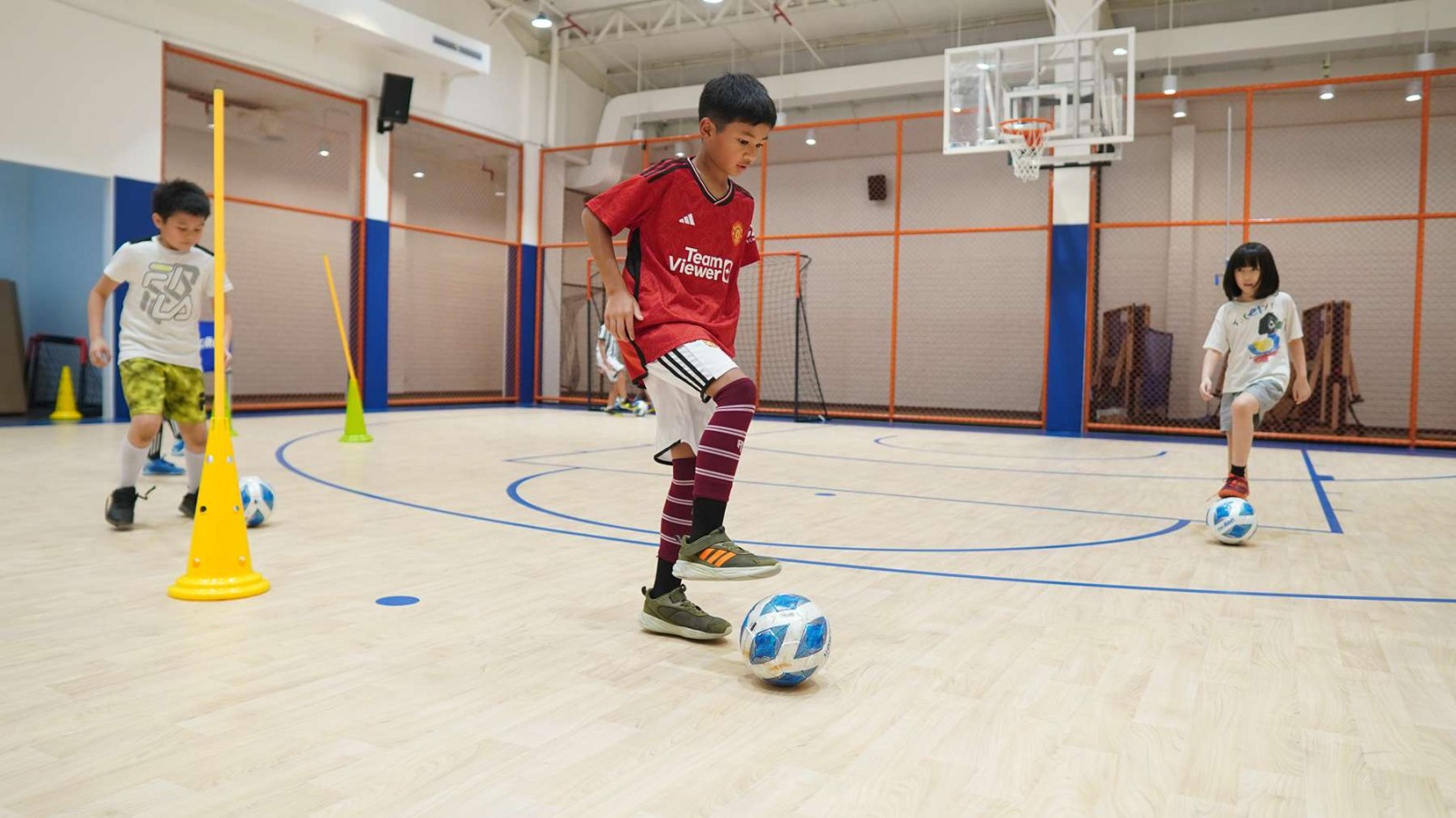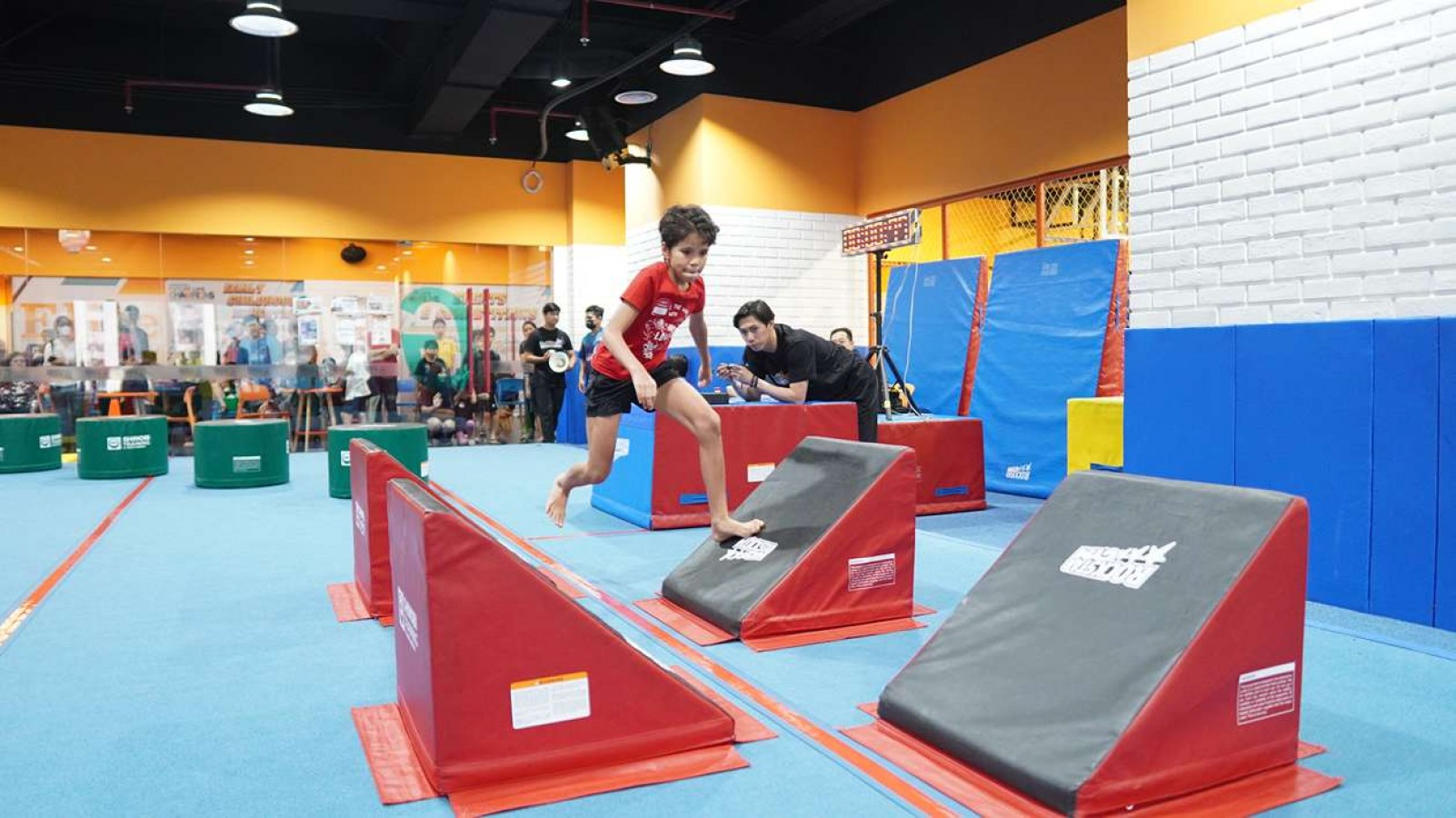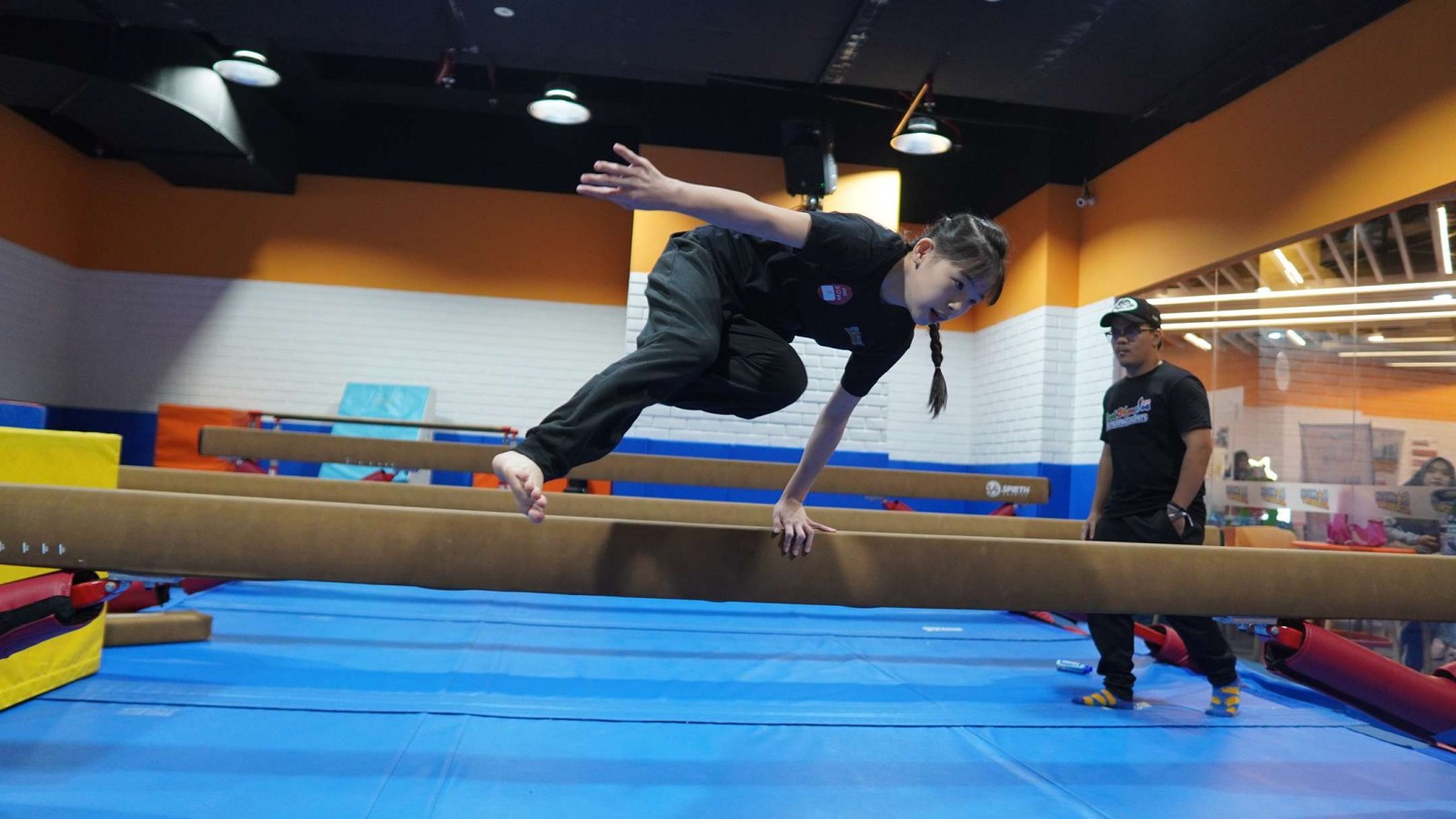Mini Soccer Vs Futsal: Know The Differences Between Two

If you’re a football enthusiast, you’ve probably come across two popular small-sided versions of the sport — mini soccer vs futsal. Both games are fun, fast-paced, and a great way to improve your skills, but they are distinct in several ways. Understanding these differences can help you choose the right one for your goals or simply enjoy each game to its fullest.
In this article, we’ll break down the key differences between mini soccer vs futsal, focusing on aspects such as the field dimensions, number of players, substitution rules, gameplay techniques, ball specifications, and footwear requirements. Let’s check it out!
Differences Between Mini Soccer and Futsal
Mini soccer and futsal are both fun versions of soccer that are growing in popularity. They might seem similar at first, but they have some key differences that make each of them unique. Here’s a breakdown of the major differences between mini soccer and futsal:
1. Field and Surface
The mini soccer field is generally larger than a futsal court but smaller than a traditional soccer pitch. These fields are typically 30-45 meters long and 20-30 meters wide, with either artificial turf or natural grass as the playing surface.
The surface is designed to mimic traditional soccer fields, offering a familiar experience for those used to larger games. This allows for a bit more room to make long passes and sprints, reflecting the broader strategies of full-field soccer.
In contrast, futsal is played on a much smaller hard court, which is often made of wood or other synthetic materials. The futsal pitch is typically 25-42 meters long and 16-25 meters wide.
The hard surface allows the ball to roll faster, promoting quick ball movement and requiring excellent control. Due to the reduced size of the court and the speed of the ball, players need quick reflexes and strong technical skills to keep up with the game.
2. Number of Players
Mini soccer typically involves two teams of 6 to 7 players, including the goalkeeper. The higher number of players makes the game more dynamic, with more options for tactical team play and movement.
It allows for more fluid transitions between offense and defense, resembling traditional soccer in terms of its flow and strategies.
Futsal, on the other hand, is played with 5 players per team, including the goalkeeper. The smaller team size forces players to rely more on their individual speed and ball control techniques, given the limited space on the court.
With fewer players, the game focuses more on quick decisions, tight passing, and fast transitions.
3. Game Duration
Mini soccer matches usually last 2x25 minutes or 2x30 minutes, with a break in between. The length of the match varies based on the rules set for the game, but it generally offers a full game experience with ample time for tactical play and team strategy.
Futsal matches have a slightly shorter game time of 2x20 minutes, with the clock stopping when the ball is out of play or a foul is committed. This makes futsal more intense as every minute counts, and the stop-start nature of the clock keeps players constantly engaged.
The shorter time frame adds to the fast-paced nature of the game, with less downtime between plays.
4. Substitution Rules
Substitutions in mini soccer are often flexible, with no strict limit on how many times players can swap in and out. Players can come on and off the field as needed, making it easier for teams to manage stamina and strategize.
This flexibility allows for more relaxed substitution patterns, particularly in less formal or recreational settings.
In futsal, rolling substitutions are the norm. This means that players can enter and exit the game without stopping play, usually on an unlimited basis.
This continuous substitution system keeps the game fast-paced and ensures that players are fresh throughout the match, as they can swap in and out without disrupting the flow of the game.
5. Techniques and Style of Play
The style of play in mini soccer tends to be more traditional, with a focus on team tactics, long passes, and positioning. The larger field size allows players to make strategic runs, deliver longer passes, and engage in physical duels, similar to traditional 7-a-side or 11-a-side soccer.
Players have more space to position themselves for both attacking and defensive plays.
Futsal, however, is much more focused on technical skills and individual brilliance. Due to the smaller, confined space, players are required to master precise passing, dribbling, and ball control in tight areas.
The game often emphasizes quick transitions, speed, and creativity. The smaller court space demands that players react quickly to situations, making futsal a more fast-paced and technically challenging version of the game.
6. Ball Used
In mini soccer, the ball is typically a size 4 or 5 soccer ball, depending on the age group or league. These balls are designed to bounce and roll in a manner similar to the standard soccer balls used in full-field games. The ball allows for longer passes and shots that can travel across the larger pitch.
Futsal uses a smaller, heavier ball that is a size 4, but it has a low bounce compared to a traditional soccer ball. This design is intentional to allow better control in tight spaces and to prevent the ball from bouncing away too easily on the hard surface.
A futsal ball’s reduced bounce encourages precision and skillful footwork, making it easier to control the ball in high-speed scenarios.
7. Shoes Worn
For mini soccer, players generally wear shoes with pulses or studs, much like regular soccer shoes. These shoes are designed to offer better grip on artificial turf or grass surfaces.
The cleats provide traction, enabling players to make swift sprints and execute precise moves on softer fields.
Futsal players wear flat-soled shoes with a rubber grip designed specifically for hard indoor surfaces.
These shoes provide traction without the risk of slipping, allowing players to make quick, sharp turns and rapid directional changes on the smooth, flat futsal court. Futsal shoes are typically lighter and more flexible, improving agility and movement in tight spaces.
Which One Should You Try?
If you love a game with open spaces and strategic plays, mini soccer is a great choice. But if you’re looking for a fast, technical, and skill-heavy experience, futsal might be your game. Both sports offer fantastic ways to enjoy football, improve your skills, and stay active.
Are you looking to enhance your futsal skills and take your game to the next level? Our futsal program is perfect for those who are aiming to compete and improve, where you can showcase your talent and hard work. Whether you're new to the sport or looking to refine your technique, our experienced coaches at the Sports & Performing Arts Academy will guide you every step of the way.
At Rockstar Academy, we offer a top-tier futsal program designed to help players master key skills such as futsal formations, ball control, and quick decision-making. We also provide participation in competitions like the Elite Championships and RockOlympics, where students—yes, even as young as 1 year old—get to challenge themselves, grow their confidence, and experience the thrill of competition.
But if you're ready to take it to the next level, our Dream Team is where the magic happens! This Competitive Sports Program is designed for dedicated young athletes who want to reach their full potential in both sports and life. Boys and girls train for 120 minutes of high-intensity action under the guidance of top-tier professional instructors, helping them sharpen their skills, build resilience, and chase their dreams.
And to make sure you experience it firsthand, we’re offering a free trial of the futsal program at Rockstar Academy. Join us and see how you can improve your futsal game today!
FAQ
What is the difference between mini soccer and futsal?
Mini soccer is played on larger fields with more players (6-7 per team) and uses a regular soccer ball, while futsal is played on smaller, hard courts with fewer players (5 per team) and a smaller, less bouncy ball.
What is mini soccer?
Mini soccer is a small-sided version of soccer, typically played with 6-7 players per team on smaller fields, offering a more dynamic and accessible version of traditional soccer.



